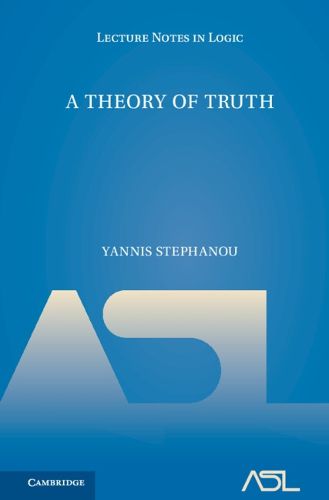Readings Newsletter
Become a Readings Member to make your shopping experience even easier.
Sign in or sign up for free!
You’re not far away from qualifying for FREE standard shipping within Australia
You’ve qualified for FREE standard shipping within Australia
The cart is loading…






How should we treat the liar and kindred paradoxes? A Theory of Truth argues that we should diverge from classical logic, and presents a new formal theory of truth. The theory does not incorporate contradictions and is not substructural, but deviates from classical logic significantly, and endorses principles like 'No sentence is both true and false' and 'No sentence is neither true nor false'. The book starts with an introduction to the paradoxes, suitable for newcomers to the subject, before presenting its approach. Four versions of the theory are covered, extending the theory to a determinacy operator and to a full first-order language with quantifiers. Each includes all Tarskian biconditionals that can be formulated in its language. The author uses original methods to prove the consistency of each version and compares the theory to alternative non-classical theories, including Field's paracomplete approach, Ripley's nontransitive system and Zardini's contraction-free calculus.
$9.00 standard shipping within Australia
FREE standard shipping within Australia for orders over $100.00
Express & International shipping calculated at checkout
How should we treat the liar and kindred paradoxes? A Theory of Truth argues that we should diverge from classical logic, and presents a new formal theory of truth. The theory does not incorporate contradictions and is not substructural, but deviates from classical logic significantly, and endorses principles like 'No sentence is both true and false' and 'No sentence is neither true nor false'. The book starts with an introduction to the paradoxes, suitable for newcomers to the subject, before presenting its approach. Four versions of the theory are covered, extending the theory to a determinacy operator and to a full first-order language with quantifiers. Each includes all Tarskian biconditionals that can be formulated in its language. The author uses original methods to prove the consistency of each version and compares the theory to alternative non-classical theories, including Field's paracomplete approach, Ripley's nontransitive system and Zardini's contraction-free calculus.